
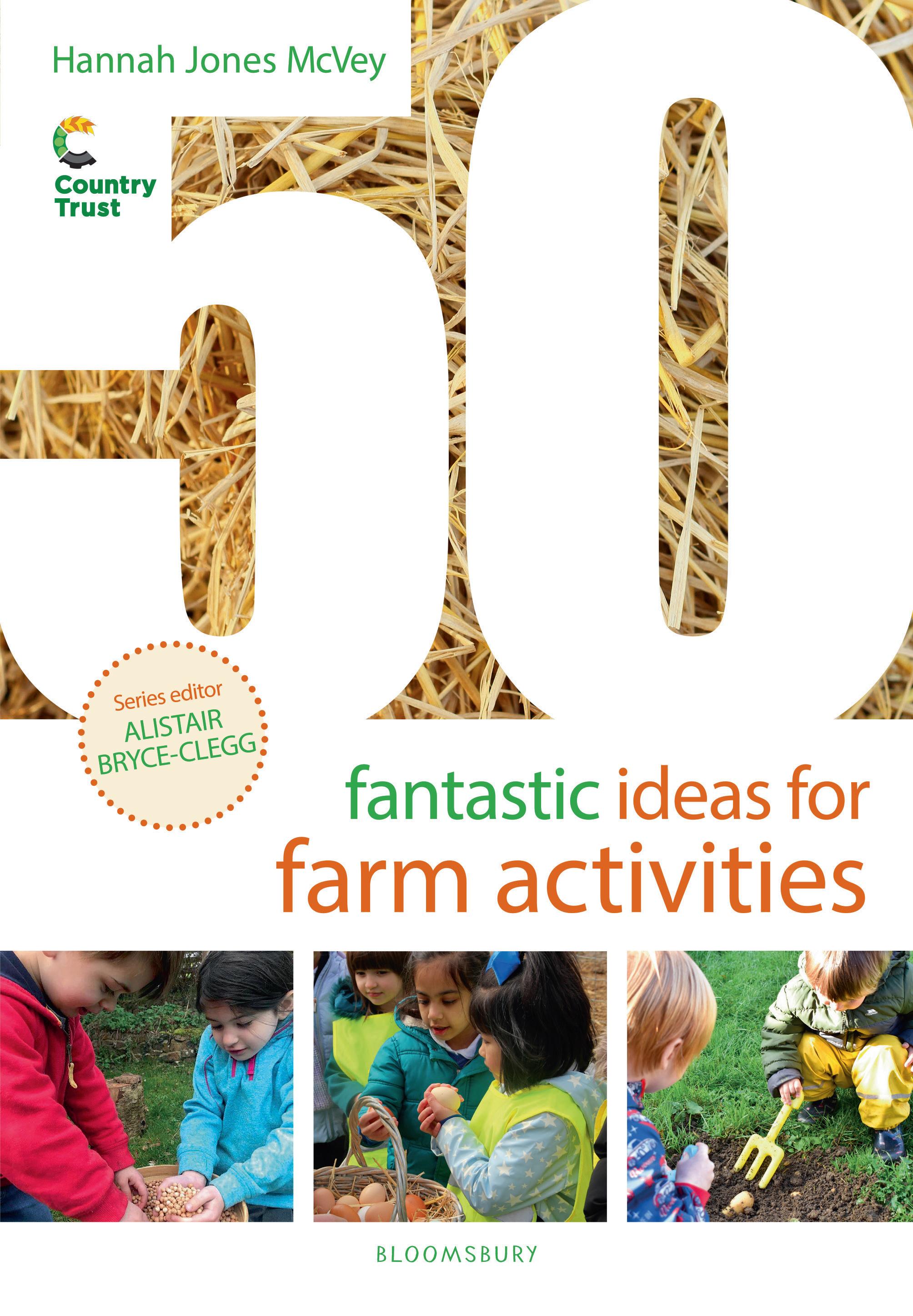
BLOOMSBURY EDUCATION
Bloomsbury Publishing Plc
50 Bedford Square, London, WC1B 3DP, UK
29 Earlsfort Terrace, Dublin 2, Ireland
BLOOMSBURY, BLOOMSBURY EDUCATION and the Diana logo are trademarks of Bloomsbury Publishing Plc
First published in Great Britain, 2024 by Bloomsbury Publishing Plc
This edition published in Great Britain, 2024 by Bloomsbury Publishing Plc
Text copyright © The Country Trust, 2024
Photographs © The Country Trust, 2024 / Shutterstock, 2024
Hannah Jones McVey has asserted her right under the Copyright, Designs and Patents Act, 1988, to be identified as Author of this work
Bloomsbury Publishing Plc does not have any control over, or responsibility for, any third-party websites referred to or in this book. All internet addresses given in this book were correct at the time of going to press. The author and publisher regret any inconvenience caused if addresses have changed or sites have ceased to exist, but can accept no responsibility for any such changes
All rights reserved. No part of this publication may be reproduced or transmitted in any form or by any means, electronic or mechanical, including photocopying, recording, or any information storage or retrieval system, without prior permission in writing from the publishers
A catalogue record for this book is available from the British Library
ISBN: PB: 978-1-8019-9325-8; ePDF: 978-1-8019-9326-5
Design concept by Lynda Murray Text design by Marcus Duck
To find out more about our authors and books visit www.bloomsbury.com and sign up for our newsletters.
With thanks to Anna Gordon, Sue Thompson, Verity Chappell, Jill Attenborough and other colleagues at The Country Trust who have contributed to this book’s development. Thanks also to Helen Harland, Holywell Primary School, Stone Soup Group, The Beeches Primary School and all the other settings and families who provided photographs and tested ideas with us.
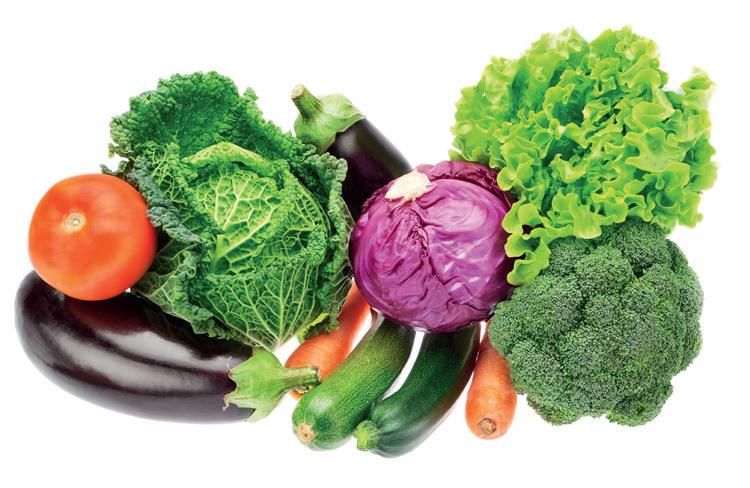
Contents Introduction 4 Seeds we eat Cook flatbreads ............................................ 6 Build a scarecrow 8 Colours of the earth ...................................... 9 Feel the flour 10 Seed sorting 11 Seed number patterns................................ 12 Fruit and vegetables Quick fruit ice cream .................................. 13 Underground, above ground 14 Sink or float 16 Wassail! ...................................................... 17 Make a fruit rainbow 18 Cress farm .................................................. 19 What’s wrong with wonky? 20 Vegetable dye 21 Pumpkin explorer ....................................... 22 Yoghurt pot pea sprouts 23 Vegaerobics! ............................................... 24 Chitting potatoes ........................................ 25 Pea podding 26 Potato monsters ......................................... 27 Lucky dip garden 28 Herb dip 29 Livestock Balloon sheep shearing 30 Can you herd the sheep? ........................... 31 Make your own woolly sheep 32 Butter disco 34 Milk a rubber glove ..................................... 35 How heavy is their dinner? 36 Mix feed ...................................................... 37 Pigs in mud................................................. 38 In the chicken coop Egg sorting ................................................. 39 Make a nest 40 Beak challenge ........................................... 41 Chicken enrichment ................................... 42 Feather painting 43 On the farmyard Stone Soup 44 Smelly bags ................................................ 45 Discover your dinner plate ......................... 46 Biggest in the barn 47 Dressed to farm .......................................... 48 Sounds of the farm 49 A new story for the Little Red Hen 50 Soil search .................................................. 52 Junk tractor 54 Seasonal calendar ...................................... 56 Combine creative dance 58 Field shapes 59 Horse power ............................................... 60 Farm or not farm? 62 All the small things ..................................... 64 3 50 Fantastic Ideas for Farm Activities
Introduction
This book will give you ideas to develop a child’s confidence, curiosity and connection with the land that sustains them.
Tractors, cows, scarecrows and other farming imagery are prominent in nursery rhymes, children’s clothing and wider popular culture. However, familiarity with the imagery isn’t often followed by real-life connections to the farm-to-fork journey. The topic of farming offers a framework through which to explore our health, cooking, growing, animals, ethics, care for the environment, nature and much more. The familiarity of the imagery and theme offers a fantastic platform from which these big concepts can start to be introduced. Having a connection to the land that sustains them will help children to understand and navigate choices that will impact every aspect of their lives. This connection has huge and varied benefits for children's mental and physical health. It also expands their horizons, their confidence and their curiosity to better understand and care for the world that they are growing into.
The wide range of learning opportunities found on a farm offers excellent scope for engagement across the EYFS framework. Farmland accounts for over 70% of the British landscape, which means that much of the natural world now resides within the farmed landscape. From soil eco systems, to pollination, to animal domestication, the farm offers a space to explore the natural world and the part we play in it. Reflecting on seasonal changes, observing plants and animals and comparing contrasting environments are just some of the common themes in these activities which will help you to meet early learning goals.
Beyond the connection to the natural world there are plenty of other spaces where farming provides a great focus for the EYFS framework. Understanding the past can rarely be done without reference to the agricultural landscape; no nursery rhyme session can be enjoyed without songs rooted in the farm and it would be hard to explore textures and mixed materials without engaging with produce originating on a farm. A farm theme also provides a context for new vocabulary, mathematical skills, development of fine motor skills and discussions about healthy food choices.
This book can be used in many ways. The activities can provide ideas for a farm theme in the classroom, suggest activities to complement a class growing project, introduce ways to use food, farming or natural themes to strengthen other aspects of the EYFS framework, or they can be used to support a farm visit.
Farm visits are often a popular option as a first school trip or an outing from a preschool setting. However, this can be a very new and sometimes daunting experience for some children. Many of the activities in this book will help to build confidence and excitement ahead of a visit, particularly those focused on sensory exploration – for example, the smells children might encounter, the noises they will hear, the new things they might taste and the textures they might touch. Alternatively, if a farm visit isn’t possible, the activities can be used to complement TV or online programmes or simply to enable children to spot connections to the farm-to-fork journey in their everyday lives.
4 50 Fantastic Ideas for Farm Activities
The activities in this book have been designed by The Country Trust, an organisation that enables thousands of children to spend time on real farms every year. The Country Trust also designs boxes that are sent into eligible schools and Early Years settings to help children to engage with the farm-to-fork journey, either as a way to introduce a farm ahead of a visit or to provide a sensory experience of a farm if a visit isn’t an option at this point. Their work focuses on ways to spark curiosity, increase confidence and encourage connection with the food we eat, how it’s made and where it comes from. They have worked with practitioners in primary and Early Years settings for over 40 years and, as a result, cost awareness and teacher time efficiency strongly guide the experiences and resources that they provide.
This book will show you how you can make exploring every aspect of the farm-to-fork journey a fun and foundational part of your setting.
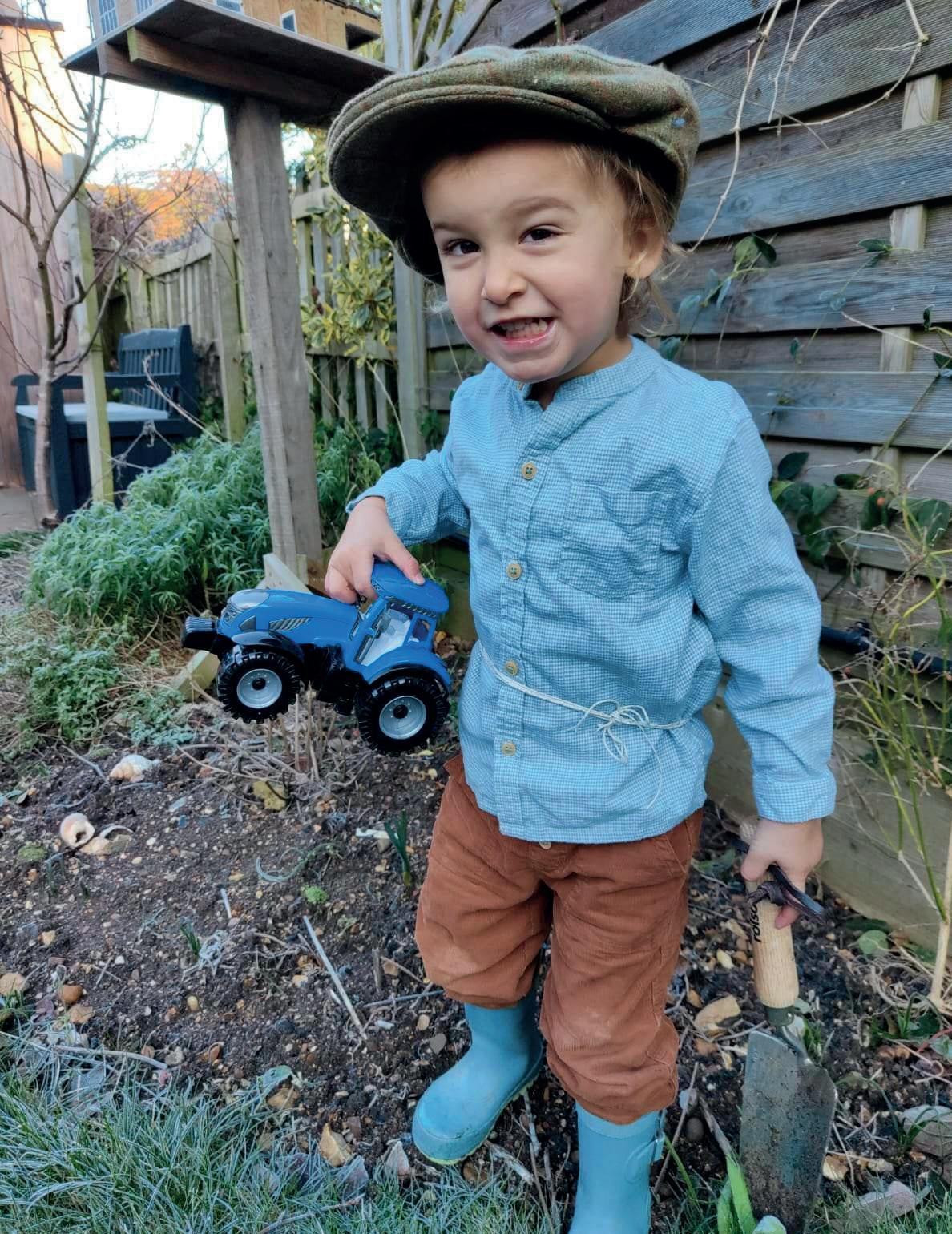
How to use this book
The pages are all organised in the same way. Before you start any activity, read through everything on the page so that you are familiar with the whole activity and what you might need to plan in advance.
What you need lists the resources required for the activity. These are likely to be readily available in most settings or can be bought or made easily.
What to do tells you step-by-step what you need to do to complete the activity.
Top tips are helpful hints to make an activity work well and have been learned from experience!
The Health & Safety tips are often obvious, but safety cannot be overstressed. In many cases, there are no specific hazards involved in completing the activity, and your usual health and safety measure should be enough. In others, there are particular issues to be noted and addressed.
Taking it forward gives ideas for additional activities on the same theme, or for developing the activity further. These will be particularly useful for things that have gone especially well or where children show a real interest. In many cases they use the same resources, and in every case they have been designed to extend learning and broaden the children’s experiences.
What’s in it for the children? tells you (and others) briefly how the suggested activities contribute to learning.
5 50 Fantastic Ideas for Farm Activities
Cook flatbreads
A quick and easy way to cook with wheat and dairy
What you need
To make 30 small flatbreads:
l 1 kg self-raising flour
l 2.5 tsp baking powder
l 1 kg of natural or vegan yoghurt
l Scales
l A clean, large bucket
l A wooden spoon (optional)
l Rolling pins (optional)
l A frying pan
l A spatula
l A hob
l A plate
l Butter (optional)
l Flavour for the butter, such as herbs, garlic or cinnamon sugar (optional)










Top tip
The dough should stretch when you pull a section away. If it breaks, add more yoghurt –if it feels like a thick liquid, add more flour.
What to do
1. Encourage the children to wash and dry their hands.
2. Look at the different ingredients with the children. Allow them to smell and touch a sample of each.
3. Support the children to measure out the self-raising flour, baking powder and yoghurt. Add the ingredients to the bucket.
4. Encourage the children to take turns to mix the ingredients in the bucket, either using a wooden spoon or their hands – this will get messy! Try not to over-mix, but instead bring the dough together.
5. Leave to rest for 10 minutes.
6. Sprinkle some flour onto the children’s hands or, if using rolling pins, lightly flour a surface and each of the rolling pins.
7. Give each child a golf-ball sized amount of dough. Ask them either to flatten their dough between their hands or to put it on the floured surface and roll it out.
8. Heat a frying pan on the hob. When it is hot, dry fry each of the flat breads for 1–2 minutes on each side.
9. Place the flatbreads on a plate and allow to cool slightly. The children can then either eat them plain or with butter. You can mix butter with one of the flavours suggested to make a delicious topping.
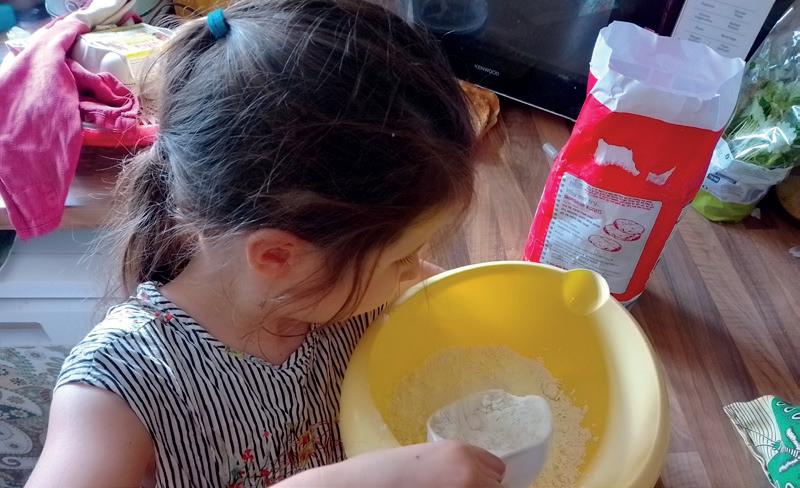
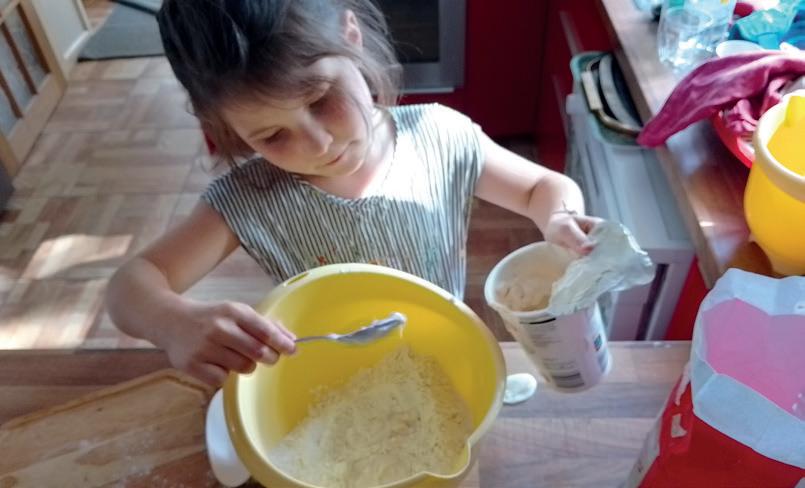
6
6 50 Fantastic Ideas for Farm Activities
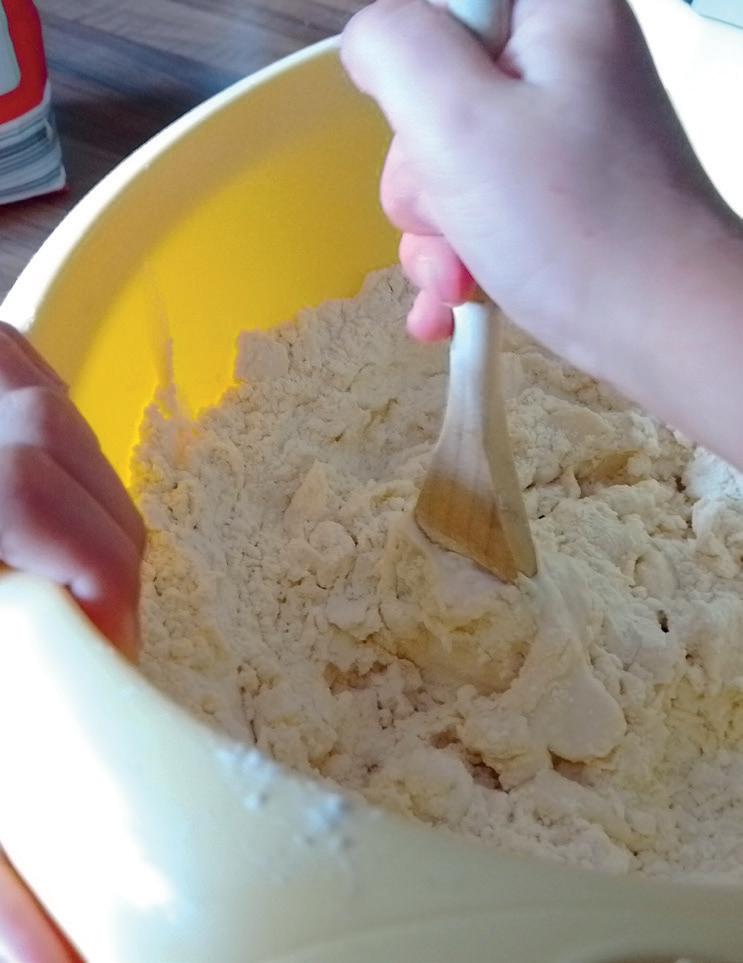
What’s in it for the children?
Increased understanding of, and engagement with, food is key for developing an appreciation of healthy eating. This is a straightforward cooking activity with simple ingredients, but provides plenty of opportunities to integrate numeracy in measuring and to connect the process of making flatbreads with a developing understanding of the world.
Taking it forward
l Explore countries where flatbreads are widely made, such as those in the Middle East and South Asia.
l Talk to the children about cultural and religious celebrations when flatbreads are eaten, such as the Jewish festival, Passover.
Health & Safety
Carry out a risk assessment before using the hob and be aware of any allergies or intolerances to wheat and dairy.

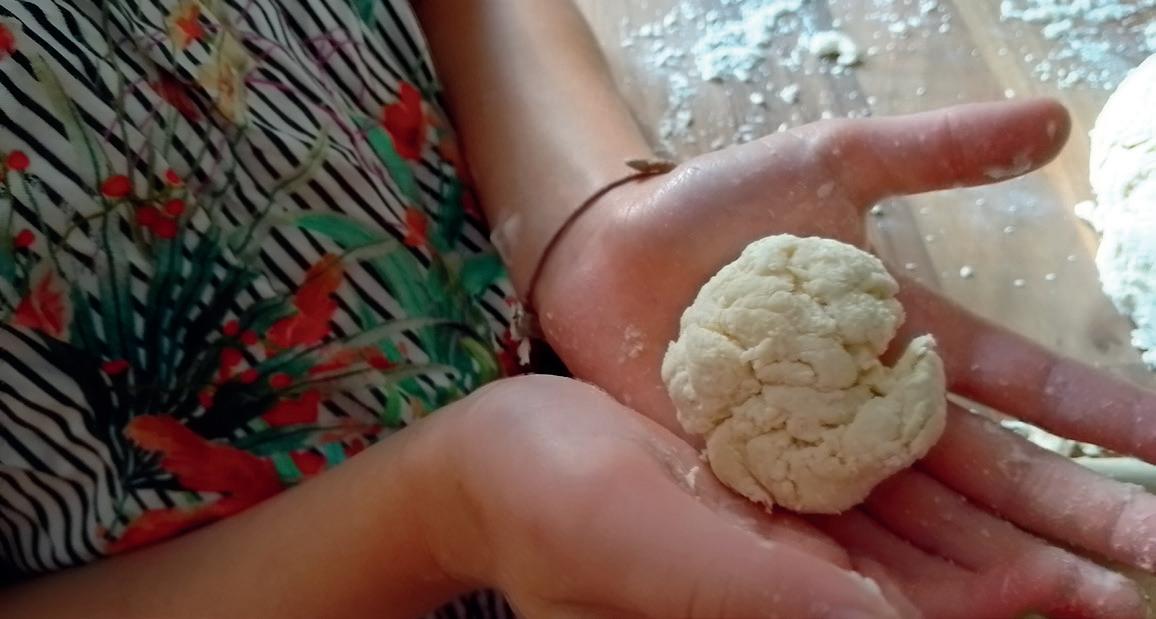
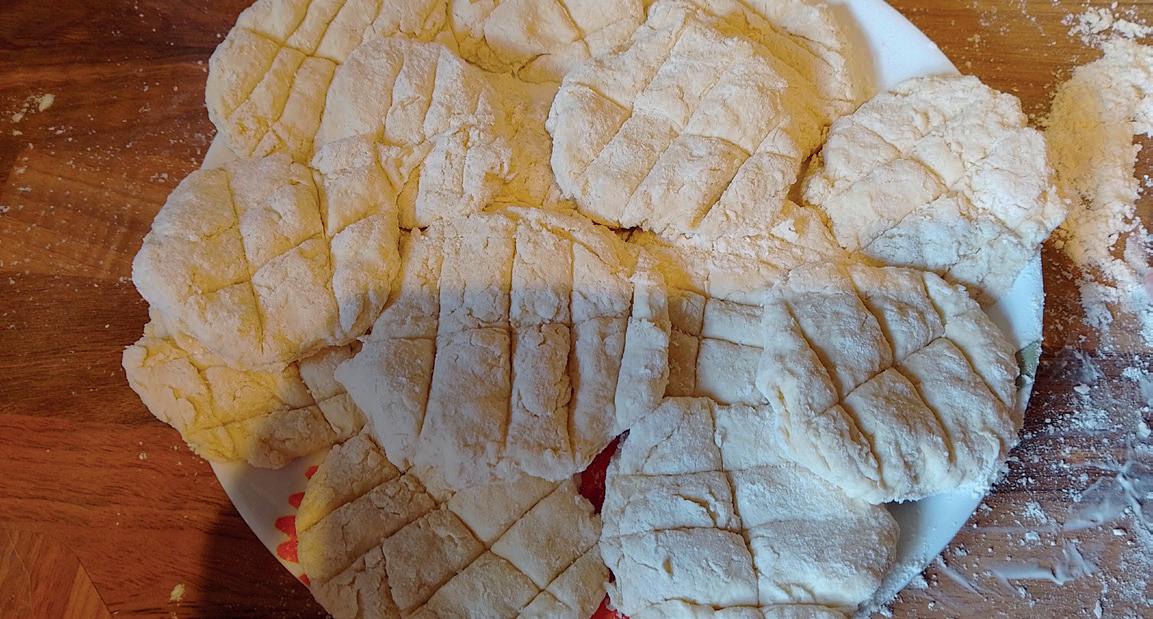

7
7 50 Fantastic Ideas for Farm Activities
Build a scarecrow
Create your own Dingle Dangle Scarecrow
What you need
l A pillowcase
l A marker pen
l Suitable stuffing, such as straw, rags or crumpled newspaper
l String
l Old clothing, such as a shirt, jumper and trousers
l Duct tape
l Scissors
l An old broom handle or large stake

What’s in it for the children?
This teamwork activity uses simple physical skills to stuff the parts of the body, and the outcome is large, funny and impressive. It raises some of the challenges faced by farmers and encourages problem-solving.
Taking it forward
l Sing the Dingle Dangle Scarecrow song with the children – the associated actions include great opportunities to jump up high, identify body parts and shake off some energy!
What to do
1. Talk to the children about how crows, pigeons and other birds can cause problems for farmers because they love to eat seeds and many of the things that farmers grow. Explain that a scarecrow looks like a big person to a bird and will stop them from flying down to eat the crops.
2. Tell the children that they will be building a scarecrow to help the garden (if you don’t have a garden you can use the scarecrow to help the farmer in your role play area).
3. Take the pillowcase and draw a large face in the centre of one side. Support the children to stuff the pillowcase three quarters full with your chosen stuffing. Secure the bottom with string.
4. Take a buttoned up shirt or jumper and tie the wrists closed using string. Seal the neck with duct tape to avoid stuffing coming out of the top. Support the children to fill the shirt or jumper with stuffing and seal the bottom with duct tape.
5. Tie each ankle of the trousers with string and support the children to fill with the stuffing. Seal the waist with duct tape.
6. Cut a hole in the seat of the trousers and push the wooden handle through until it reaches the waist. Cut a hole in the duct tape large enough for the pole to push through, then do the same at the neck and head until the top of the pole is inside the top of the head.

8 50 Fantastic Ideas for Farm Activities
Colours of the earth
A beautiful way to explore seeds and pulses
What you need
l Three to six types of dried lentil, bean or grain. These could include dried couscous, chickpeas, rice, corn, lentils and butter beans
l A tuff tray or paint trays and a suitable surface
What to do
1. Place the lentils, beans and grains either loose on the tuff tray or in the different compartments of the paint trays.



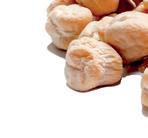



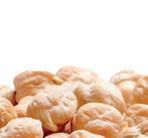




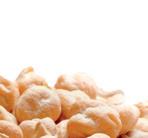
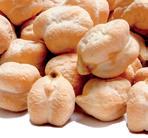





What’s in it for the children?




This activity provides an expressive way to explore a range of grains and pulses. The variety of textures will contribute towards the patterns and shapes the children are able to make. This activity could become a regular addition to a tuff tray or arts space so that children can continue to explore the medium.
Taking it forward
l As part of activities to explore and celebrate the Hindu festival Diwali, support the children to create Rangoli patterns using coloured rice.
l Look at photos of grains and pulses on the plant. Challenge the children to guess which dried product comes from each plant.
l Many pulses are grown in the UK, so it may be possible to see some on a farm visit.
Health & Safety
Do not use dried kidney beans because they have a high level of toxicity if consumed. Groups should always have adult supervision, but if you know your children struggle not to put things in their mouths, this may not be the right activity for them.
2. Encourage the children first to look and talk about what each item reminds them of. For example, does couscous look like sand or sunshine? Do butter beans look like little faces or bubbles?
3. Provide each child with a space in the tuff tray or on a surface to create designs or pictures using the grains and pulses.


9 50 Fantastic Ideas for Farm Activities













































